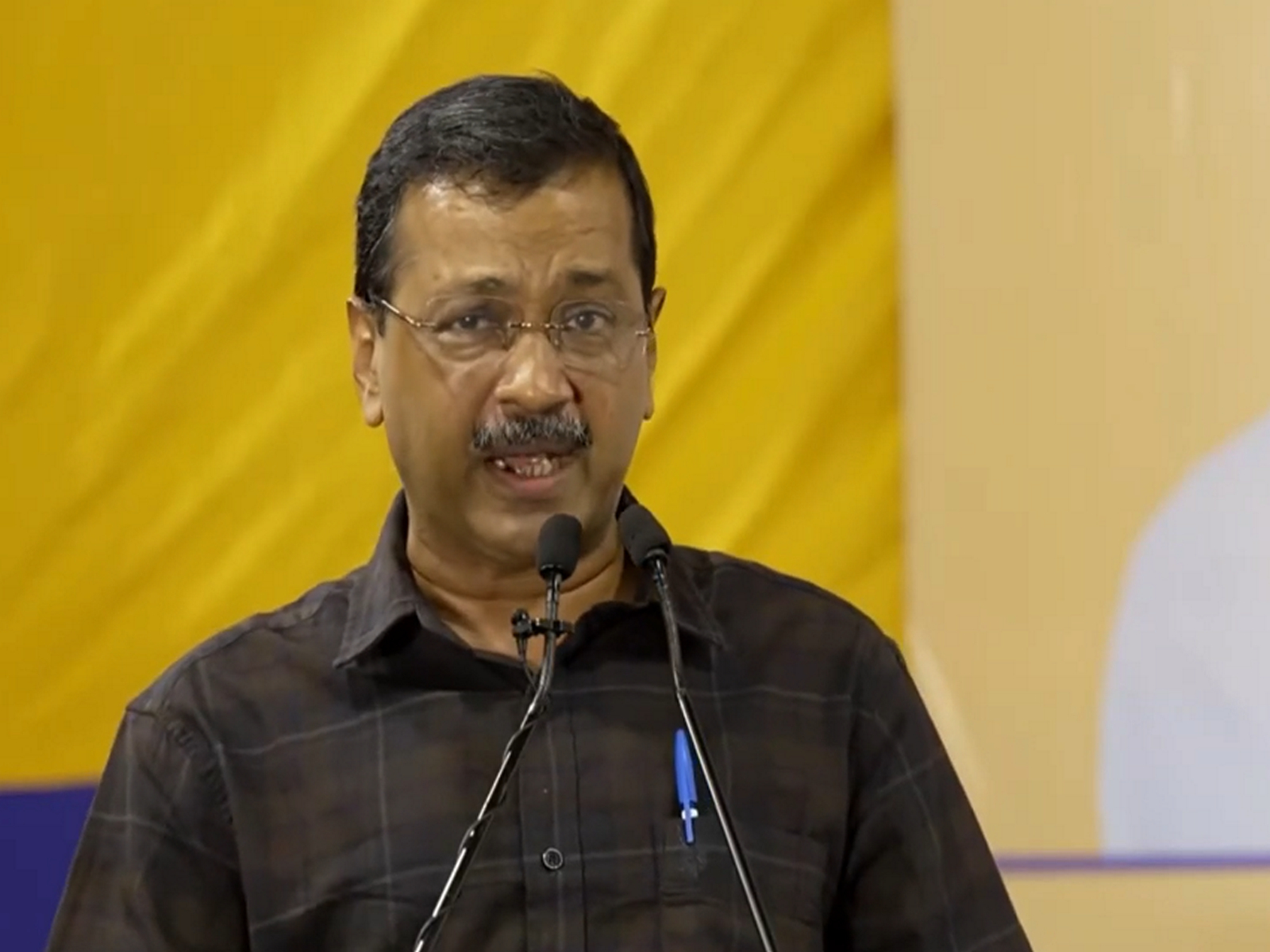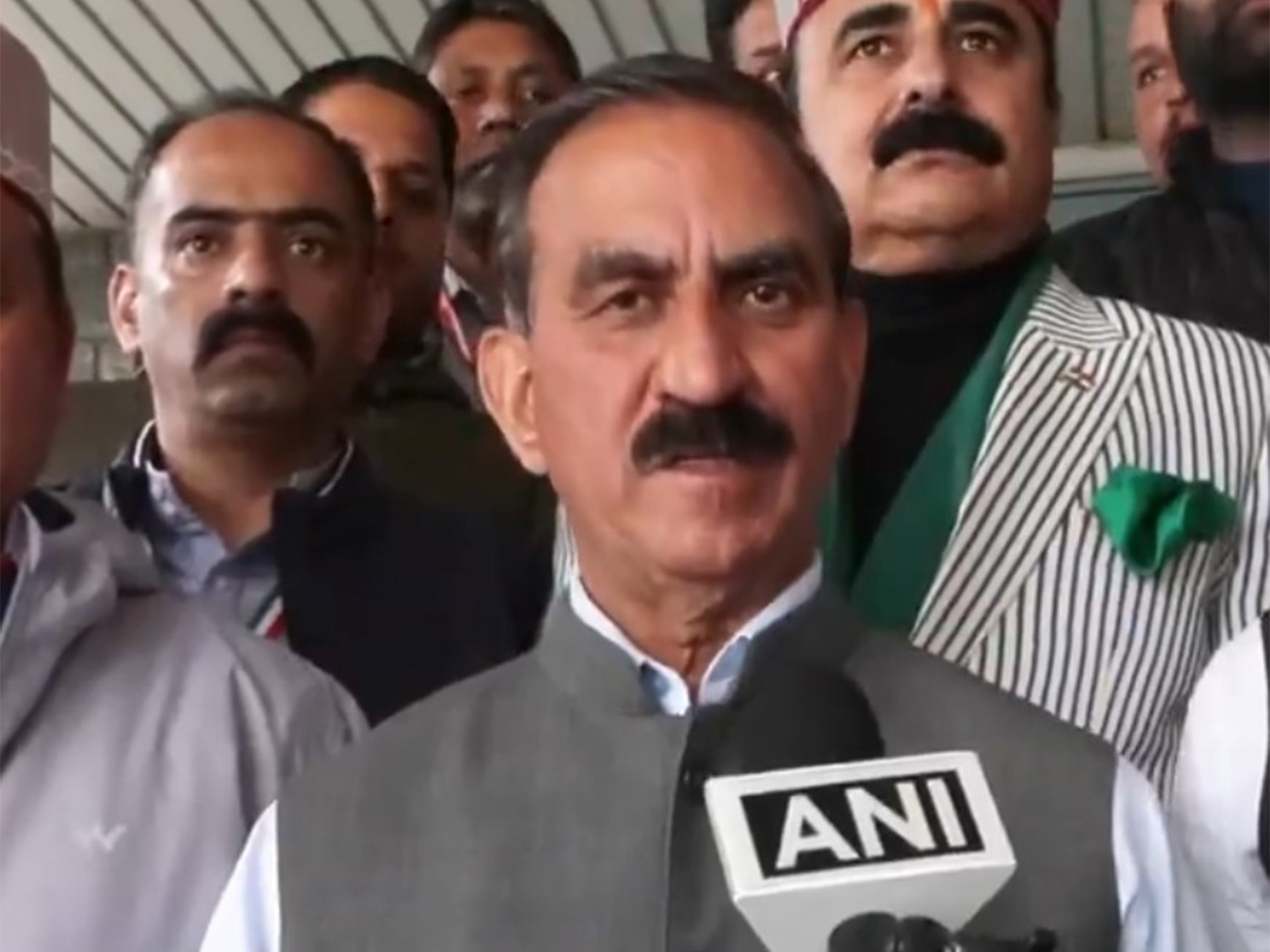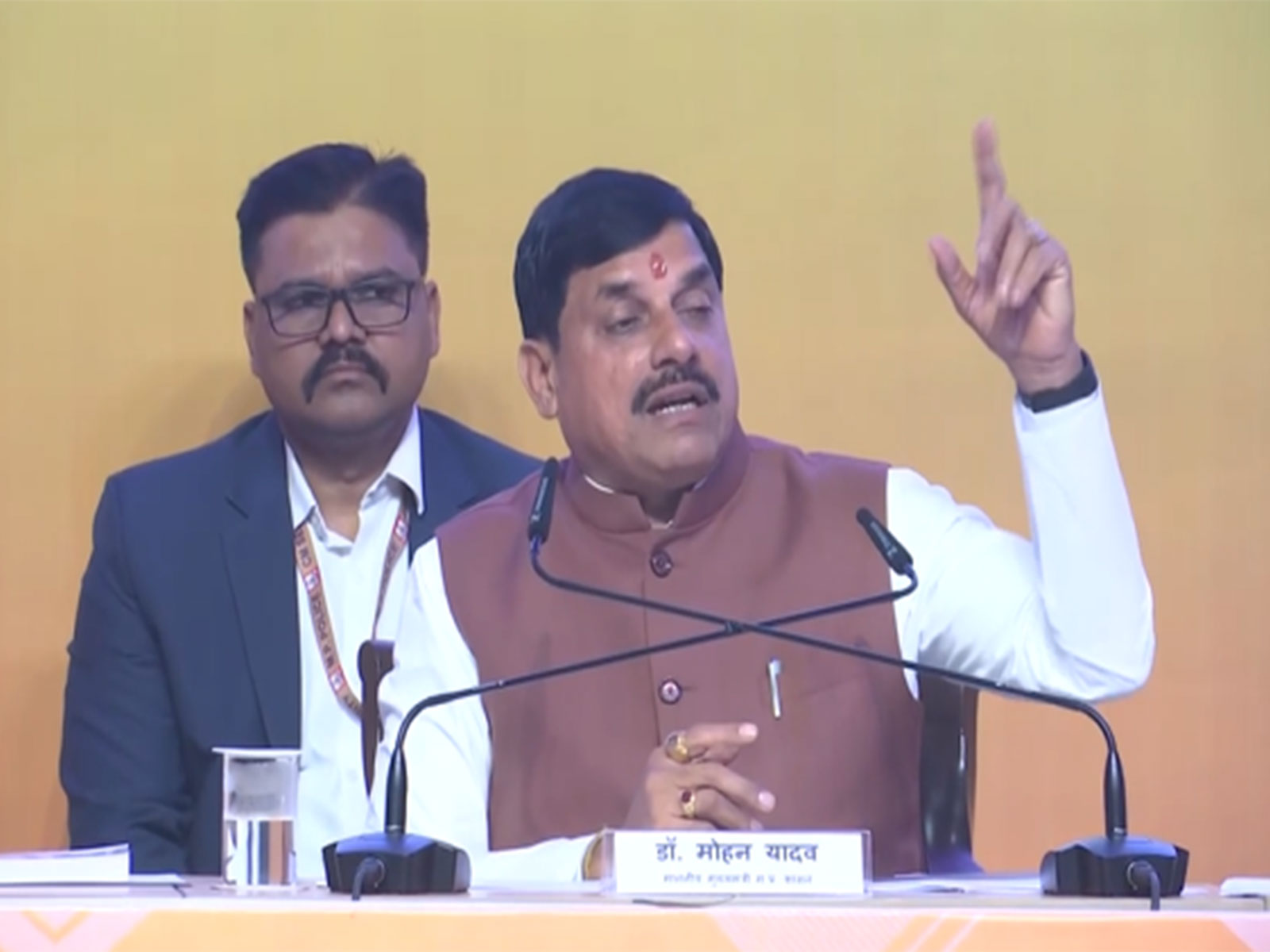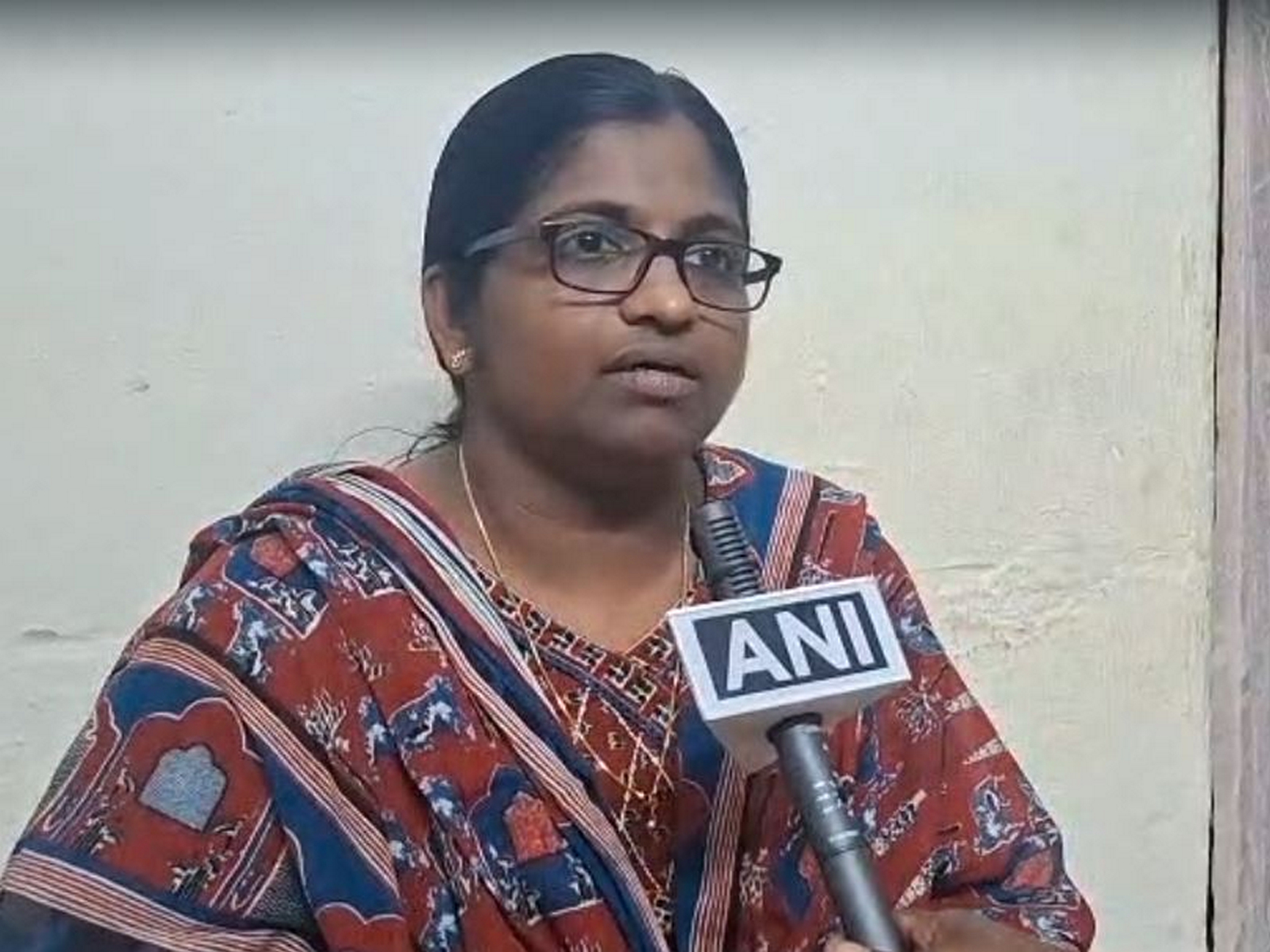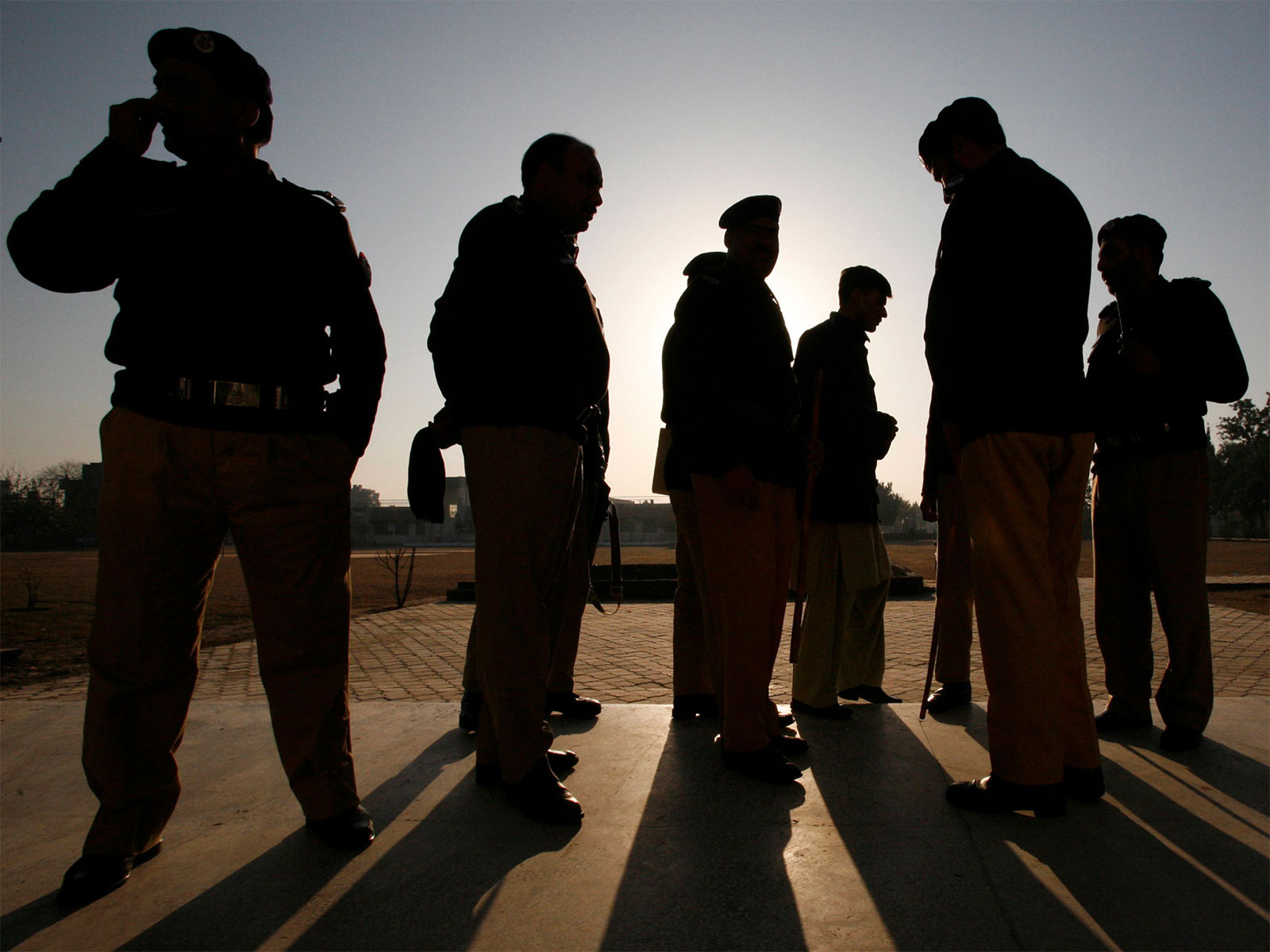Aditya-L1 to be live-streamed at Hyderabad's B M Birla Planetarium
Sep 01, 2023

Hyderabad (Telangana) [India], September 2 : The launch of the country's maiden solar mission -- Aditya-L1 will be streamed live at B M Birla Planetarium on Saturday in the city, an official said here.
Citizens will get to witness the live streaming (online) of the launch of Aditya-L1 on Saturday in the B M Birla Planetarium. A science talk on the ‘Sun and Aditya-L1 mission’ will also be held, Director of BM Birla Science Centre and Planetarium K G Kumar said on Friday.
"An open house quiz on ‘Our Sun’ is also scheduled to be conducted at 12 pm tomorrow. This is open to everyone. Those interested can come to the Birla Planetarium to view the launch and later participate in the quiz," he added.
The most important thing about the Aditya L1 is that it is India's first mission to the sun. The word 'Aditya' means Sun and L1 is Lagrange point, he said further.
It will carry seven different payloads to have a detailed study of the sun, four of which will observe the light from the sun and the other three will measure in-situ parameters of the plasma and magnetic fields, added Kumar.
Shifting the focus to its next space odyssey after successfully placing a lander on the moon's uncharted South Pole region, the Indian Space Research Organisation (ISRO) is all set for the country's maiden solar mission -- Aditya-L1.
The launch of the sun mission is scheduled for Saturday at 1150 IST from the launch pad at Sriharikota, with the launch rehearsal and vehicle internal checks all being completed.
Aditya-L1 is India's first solar space observatory and will be launched by the PSLV-C57.
The largest and technically most challenging payload on Aditya-L1 is the Visible Emission Line Coronagraph or VELC. VELC was integrated, tested, and calibrated at the Indian Institute of Astrophysics’ CREST (Centre for Research and Education in Science Technology) campus in Hosakote in collaboration with ISRO.
Aditya-L1 will be placed in a halo orbit around Lagrangian Point 1 (or L1), which is 1.5 million km away from the Earth in the direction of the sun. It is expected to cover the distance in four months' time.
This strategic location will enable Aditya-L1 to continuously observe the sun without being hindered by eclipses or occultation, allowing scientists to study solar activities and their impact on space weather in real-time. Also, the spacecraft's data will help identify the sequence of processes that lead to solar eruptive events and contribute to a deeper understanding of space weather drivers.
Major objectives of India’s solar mission include the study of the physics of solar corona and its heating mechanism, the solar wind acceleration, coupling and dynamics of the solar atmosphere, solar wind distribution and temperature anisotropy, and origin of Coronal Mass Ejections (CME) and flares and near-earth space weather.
The atmosphere of the sun, the corona, is what we see during a total solar eclipse. A coronagraph like the VELC is an instrument that cuts out the light from the disk of the sun, and can thus image the much fainter corona at all times, the Bengaluru-based Indian Institute of Astrophysics said.
